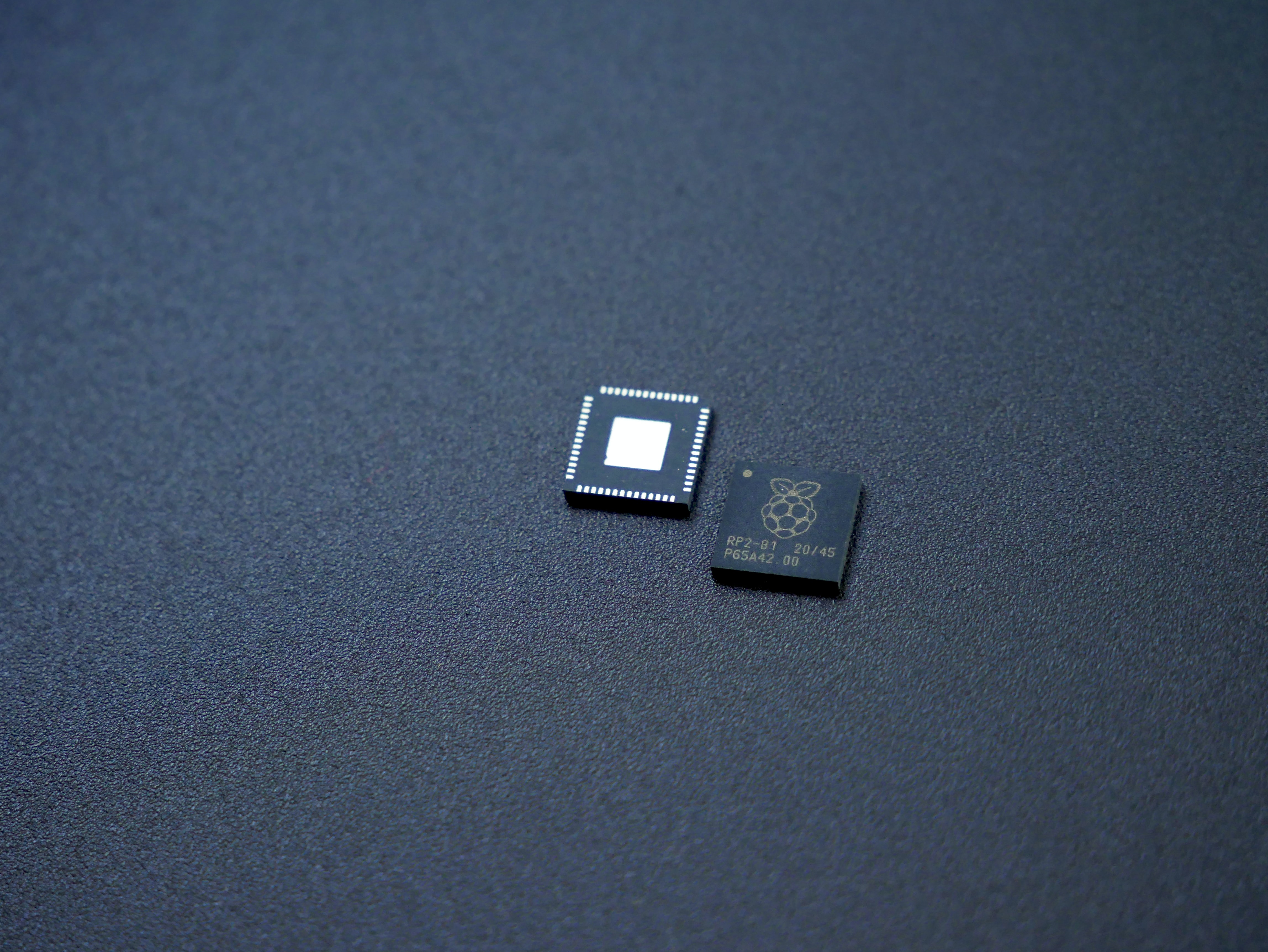Status of Semiconductor Industry 2023

-
China (26% Market Share) Despite facing sanctions, the Chinese company SMIC has reportedly overcome the 5nm process barrier, a technological achievement previously claimed only by TSMC, Samsung, and Intel. In an effort to boost the industry through domestic demand, the Chinese government has prohibited foreign-made semiconductor finished products. The future of the well-developed RISC-V ecosystem remains undecided, pending regulatory decisions.
-
Korea (12% Market Share) Samsung is poised to outpace Intel and TSMC in delivering the first 2nm chip. TSMC has already shipped 3nm chips for Apple’s iPhone 15 Pro and Pro Max. The mobile version of the 2nm chip will debut on Apple devices before expanding to PCs and high-end, low-power computer chips. Samsung, having released 3nm chips with a new transistor architecture (Gate-all-around), faces challenges with a low yield of around 60%. Intel plans to release 18A chips as the equivalent of the 3nm process, aiming for shipment by late 2024, although TSMC disputes this equivalence. Source
-
Japan (2% Market Share) Japan’s RISC-V ecosystem is robust, with collaborative manufacturing efforts in Taiwan, Vietnam, and India. Japan is investing $13 billion in generative AI chips, seeking approximately 770 billion yen in aid for a second TSMC chip plant in Japan. Plans include supporting a new plant by Taiwan’s Powerchip Semiconductor Manufacturing Corp. and re-entering semiconductor manufacturing. Japan actively supports local company Rapidus in achieving the most advanced 2nm process, offering subsidies to foreign companies like Japan Advanced Semiconductor Manufacturing (JASM) and PSMC’s Sendai plant (JSMC). Samsung Electronics plans to invest 40 billion yen over five years, receiving half from Japan. Source Source
-
Taiwan (46% Market Share) A report by TrendForce projects a decrease in semiconductor production capacities for Taiwan and South Korea to 41% and 10%, respectively, by 2027. TSMC, while struggling to surpass pre-pandemic profit levels, continues to lead with the most advanced manufacturing capabilities. Constant upgrades, supported by countries and ASML, contribute to maintaining its edge.
-
USA (6% Market Share) As the U.S. competes with China in semiconductor manufacturing, the focus is on acquiring powerful hardware for AI and quantum computing. Investments extend not only to hardware but also startups delivering sophisticated applications. The rise of RISC-V and the future of fabless manufacturing aim to democratize the market, eliminate supply chain issues, and spur widespread innovation. The USA maintains an advantage in R&D software tooling for semiconductors.
-
India India aims to challenge China’s dominance in semiconductor packaging by increasing government investment. Collaborations with companies like Foxconn from Taiwan for additional assembly lines are on the horizon. Leveraging existing tech skill pools, India is well-positioned for RISC-V design. Fabless design startups hold promise, contributing to the global market. While domestic companies like Dixon benefit from PIL schemes, their impact on the global stage is yet to be substantial. The Indian semiconductor narrative takes a significant turn from 2024 onwards.
-
Vietnam Samsung has initiated semiconductor manufacturing in Vietnam to diversify the supply chain, drawing interest from Taiwan and the US. Multiple packaging factories are under development.